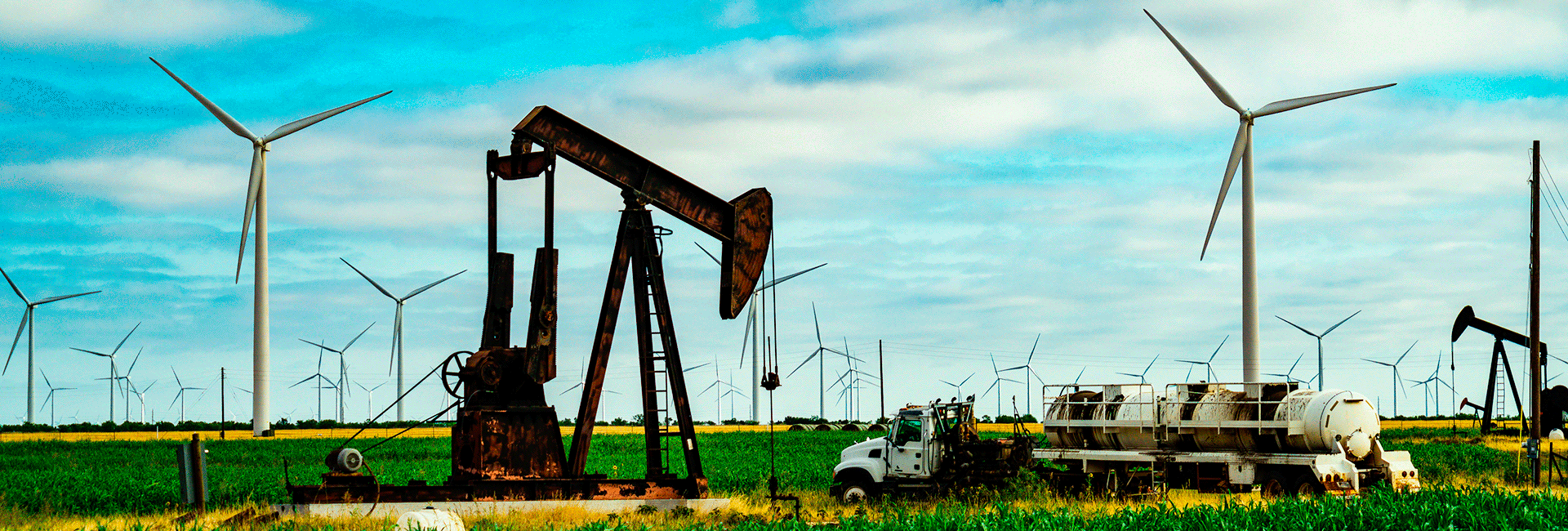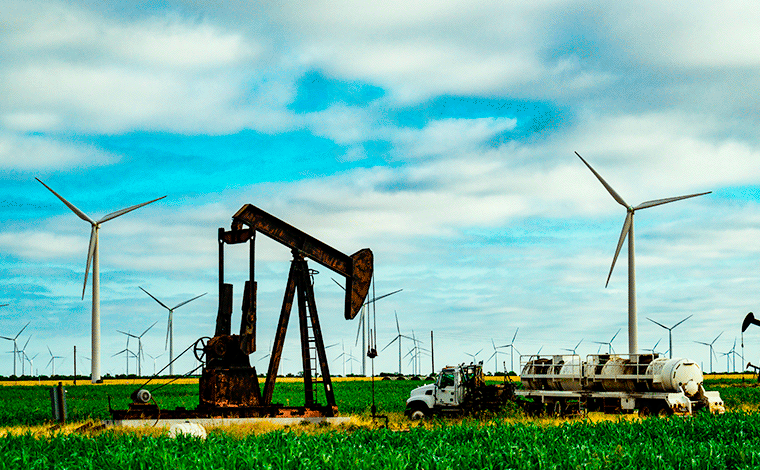


At Petroperú we are committed to the environmental remediation of the impacts generated by our operations. Therefore, we carry out environmental remediation actions in accordance with current regulations and within the framework of our philosophy of respect and care for the environment.
Below, we present the amounts of investment – until 2022 – in environmental remediation issues, in our external and own units.
| Unit | USD (million) |
|---|---|
| External units | 70.3 |
| Own units | 16.57 |
| Total | 86.87 |
Source: Sustainable Development Corporate Management.